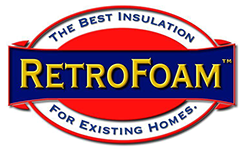How to Insulate a Big House
At RetroFoam of Southwest Michigan, we work on houses, outbuildings, barns, and living spaces of all ages, styles, and sizes—from compact city condos to massive residences out in the countryside.
If you happen to own one of those larger houses, you already understand how much it can cost to heat it in the winter and cool it in the summer! If the home is poorly insulated and winter is especially harsh, spending thousands on heating costs in just a single season (and a couple thousand more in the summer if you run the A/C) isn’t at all uncommon.
And what if you have a barn, large garage, or workshop that also needs to be heated throughout the year—like we do, for example? Better tack on a couple more zeroes …
Not surprisingly, we get a lot of questions about insulating large homes—particularly older farmhouses! For that kind of space, the yearly savings on your insulation investment can be massive. We’ve had a number of former clients tell us that we saved them 40-50% on their annual energy costs.
In other words, it doesn’t take long to recoup the upfront costs—and if you’re planning on staying in your home for the foreseeable future, it’s basically a no-brainer.
But what does it entail, really?
What Makes Insulating a Large Home Different?
So the good news is that, for the most part, insulating a 4,000+ square foot farmhouse isn’t really all that different from insulating a 1,300 square foot ranch or a 900 square foot condo. We’re going to take a similar approach in each case.
That said, there are a few considerations that often crop up with bigger spaces.
One obvious difference is that the upfront costs to insulate are usually going to be higher with a bigger house. That’s just the truth. (That said, the potential savings are also a lot higher, and the percentage you save per month on your energy bills is often higher. So it’s very possible that you might actually recoup your investment faster.)
Another difference is that, with a bigger home, there are more places and potential opportunities for leaks to develop and air to escape. A home with, say, five dozen windows, three stories, and a massive roof is more likely to have a few “holes” than a much smaller home—and those leaks might take longer to spot!
Finally, especially with both larger and older structures, there is the potential for much greater variety in the framing, construction materials, types of rooms, and even existing insulation throughout the home.
For example, maybe the original home was smaller, but a second owner later added a porch, or a living space above the garage, or even an entire extra “wing.” As a result, each new addition or remodel may have been built with different construction materials, different stud spacing in walls, and different products used for insulation. In some cases, the new areas might not have even been added to the “conditioned” portion of the home, with no access to the central HVAC system!
Furthermore, large family homes might have more kinds of rooms for different purposes. Maybe your home has a library—or a garage where your teenager practices the drums every day! In those cases, insulating interior walls just for soundproofing purposes starts to make a lot more sense!
Why You Should Call RetroFoam Southwest Michigan to Insulate Your Large Home?
So let’s say you’re sick of the massive yearly energy bills and you’re ready to upgrade the insulation on your large home or work space. Why should you choose us?
A couple of reasons.
We are the “Real McCoy.”
At RetroFoam of SW, we take a lot of pride in the quality of our products, materials, craftsmanship, and service. We only use the best of the best, from suppliers that 100% stand behind what they produce. And we only hire individuals who will install everything correctly—the first time.
(You’d be surprised how many times we’re called in to fix someone else’s sloppy job.)
In short, you are not going to get better results or a better experience from anybody else. And while some other companies might be able to cut costs (by cutting corners) up front, going with the best of the best is ultimately going to save you money over time through superior energy efficiency—and you’ll have a more comfortable home in the meantime.
We offer a variety of different foam products to meet your specific needs.
Not all spray foam is created equal—each product has strengths and weaknesses. Some types are better suited to filling existing walls, since they don’t require tearing out drywall to apply. Others are ideal for newer construction.
Narrower wall studs might require the highest available R-value
closed cell polyurethane product so you can get the heat resistance you need in a more compact space. On the other hand, an open cell polyurethane product might be a smarter choice if you have wider studs and also value soundproofing. And in places where R-value per inch isn’t as high a priority—such as in attics—you can save money by using a cheaper product and simply spraying it to a greater depth to get the same results.
While our competitors have fewer tools to work with and have to try to solve every problem with just one or two types of foam (or—gasp!—even fiberglass), we can mix and match to suit your needs. That’s a huge
advantage—especially in larger homes with more wall and attic space to insulate and a variety of different needs.
Like we said, insulating a larger home is just straight up more expensive than insulating a smaller one. But because we have decades of experience and a broader selection of products at our disposal, we can show you what parts of your house really need
the absolute best R-value performance, and where you can cut costs while still achieving the best results.
Give Us a Call for a FREE Estimate Today
Trust RetroFoam of Southwest Michigan to insulate your larger (or smaller!) home today. To request your free estimate, simply give us a call at (269) 751-2000, or request one online using our contact form.

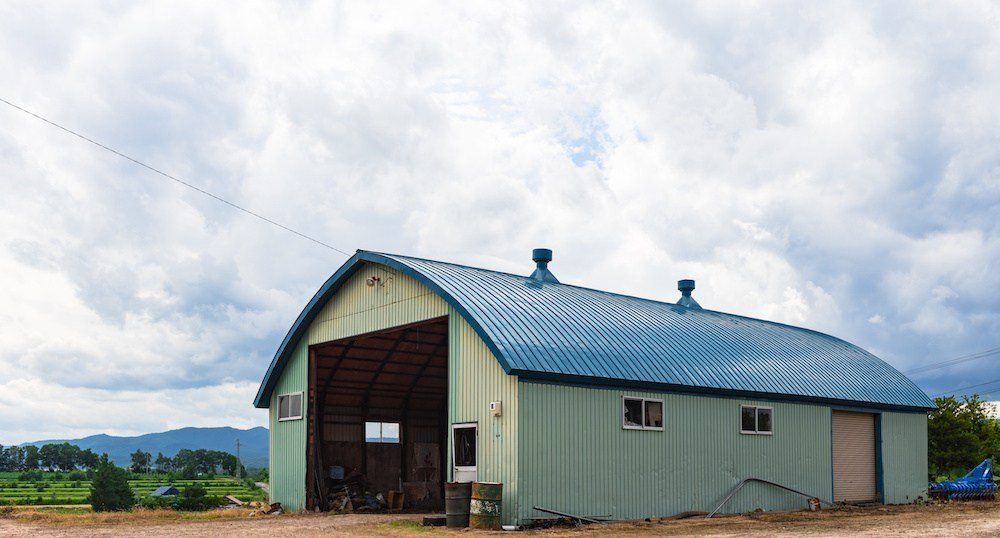
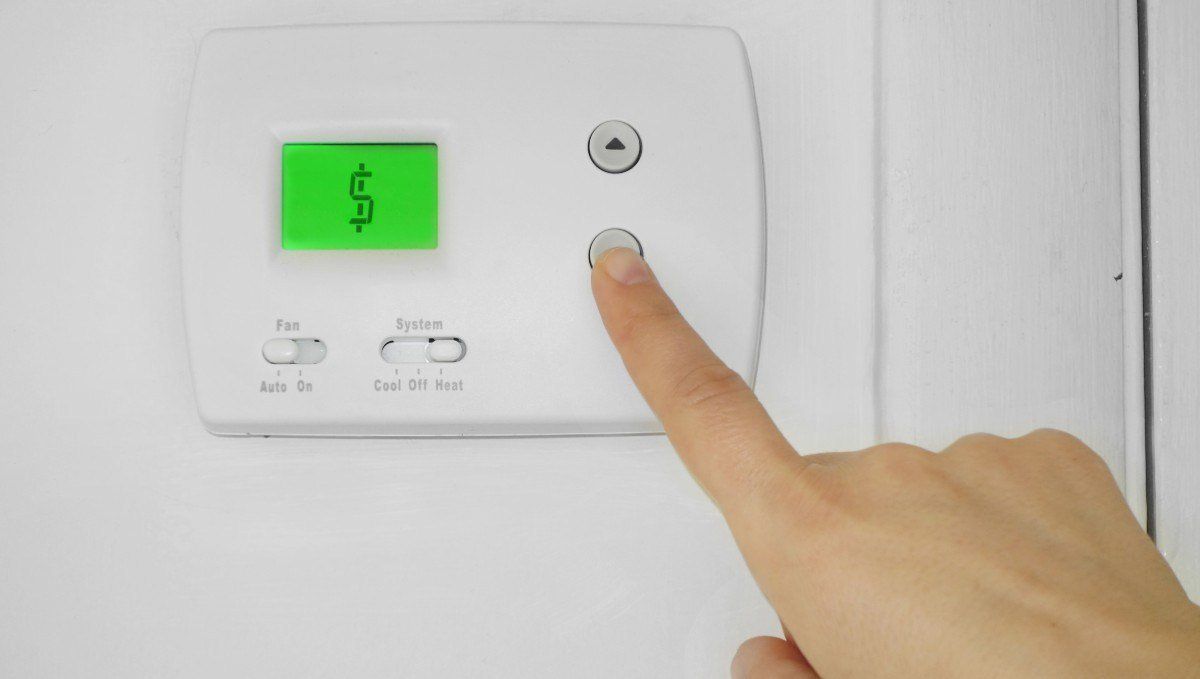



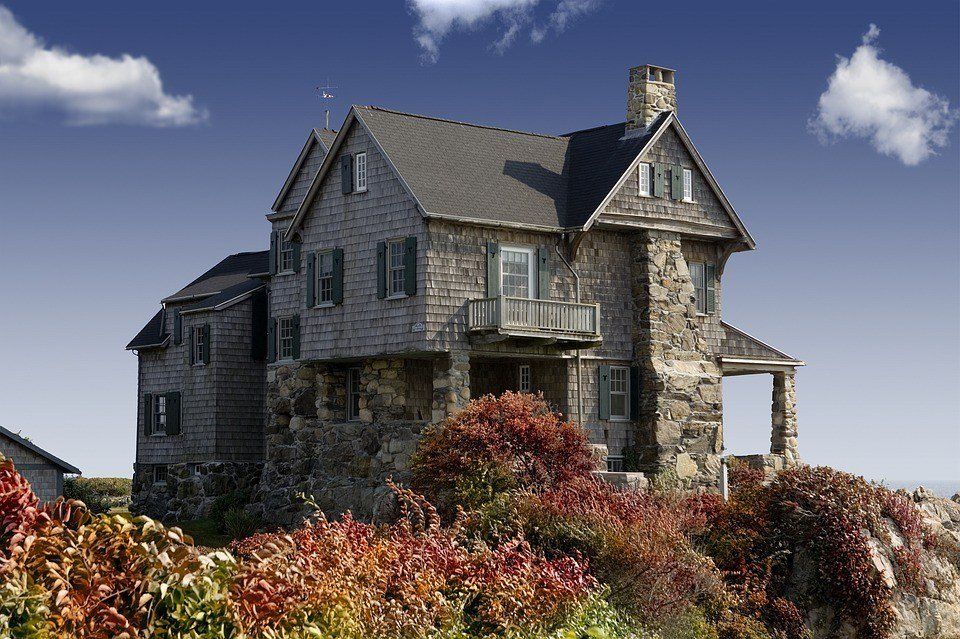
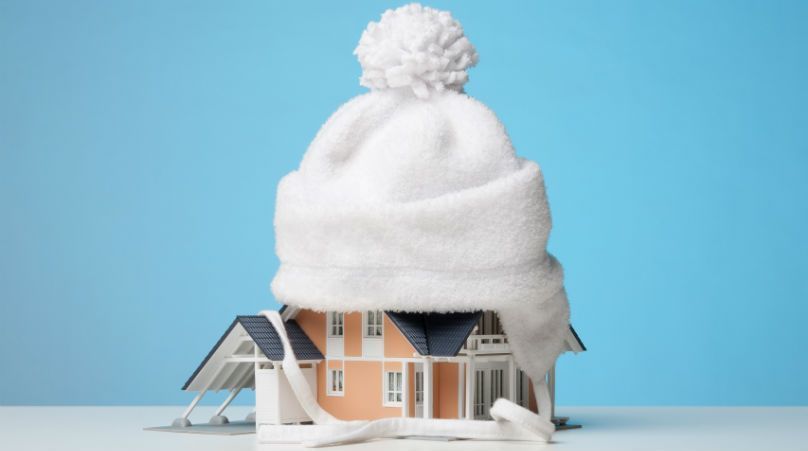


- Mon - Fri
- -
- Sat - Sun
- Closed
